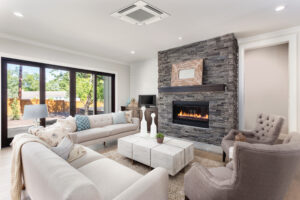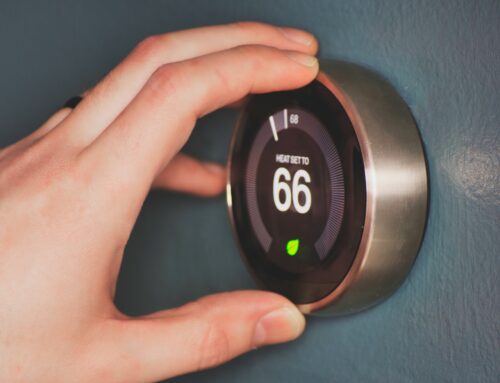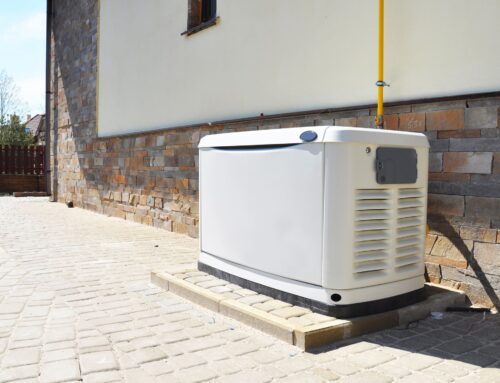Ducting
In California, we primarily use ducted heating systems. This is great as it often puts the furnace in a closet or other space away from the living area. The customer does not have to look at it, it is generally very quiet, and you only need one for the whole house. There are a couple of distinct disadvantages to this type of system. First, it takes a lot of energy to move air through the ducts. As a result, there is energy consumption due to a more powerful blower. Second, ducting allows heat to escape, especially in older systems. The ducting may not be sealed completely, or it may have poor insulation. In newer homes or homes with newer duct systems, the ducting will be better sealed and insulated, but there is still a little bit of lost energy. Insulation will slow down heat loss, but a duct running through a cold crawlspace or attic will still lose heat, even when it is well insulated.
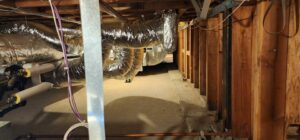
Zones
A central heating system means you are heating the entire home. This is great if the entire home is in use, but often there are spaces that do not need to be conditioned at all times. You can add a zone system to a furnace or ducted system and that will help. You can also shut a register or two without harming the system (just don’t close too many or the system will overheat).
Ductless
This method provides heating or cooling when and where you need it, without the losses we experience with central HVAC systems. Having a small, independent air handler with no ducting in each bedroom and the common area rooms means you have comfort quickly in each space. Assuming the equipment is properly sized, you can leave the bedroom off while you are relaxing in the evening in the living room and turn on the bedroom when you go to bed at night. The living room is turned off and the energy is only consumed where it is needed. This saves an enormous amount of energy.
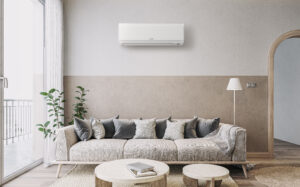
However, I can say from personal experience that there are a couple drawbacks with this method. As a business owner, I don’t feel comfortable selling or installing equipment that I have not experienced personally. My spouse will attest to the fact that I am always messing with the mechanical systems in our home. A little over a year ago I installed a multi zone Mitsubishi heat pump system in our home with a ducted fan coil that serves the living room, dining room, and kitchen and each of the bedrooms upstairs use individual ductless wall mounted fan coils. In my mind this was the best of both delivery types. Downstairs when we are using the common area, we tend to use them all at the same time (it’s a small home) and I didn’t want to see the ductless fan coils in the open common area. Mechanically it works great. It’s very efficient and we are comfortable. So, what’s the drawback? The biggest one is noise. The fan coils have very quiet blowers, but they certainly are not silent. They also creak a little as the hot refrigerant flows to and from them and they expand and contract. In the summer, condensate pumps have to carry the condensed moisture from the cooling coil and they make noise too. All of these noises are small and during the day you wouldn’t even think about them. However, at night they are very noticeable. We are getting used to it and don’t tend to be bothered by it anymore, but it takes some getting used to.
